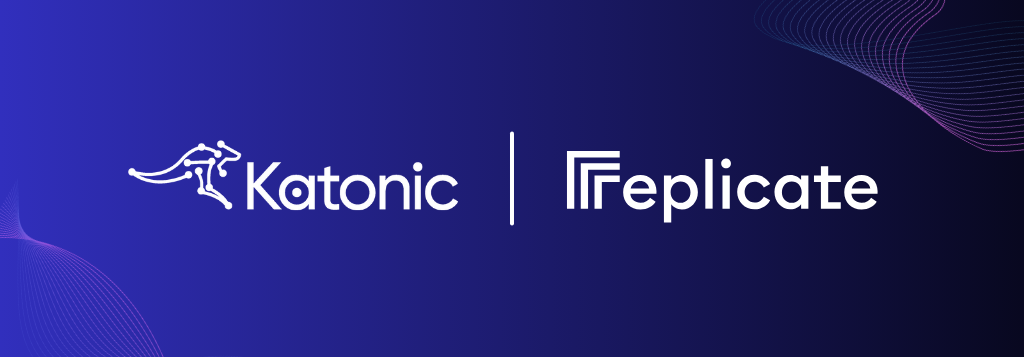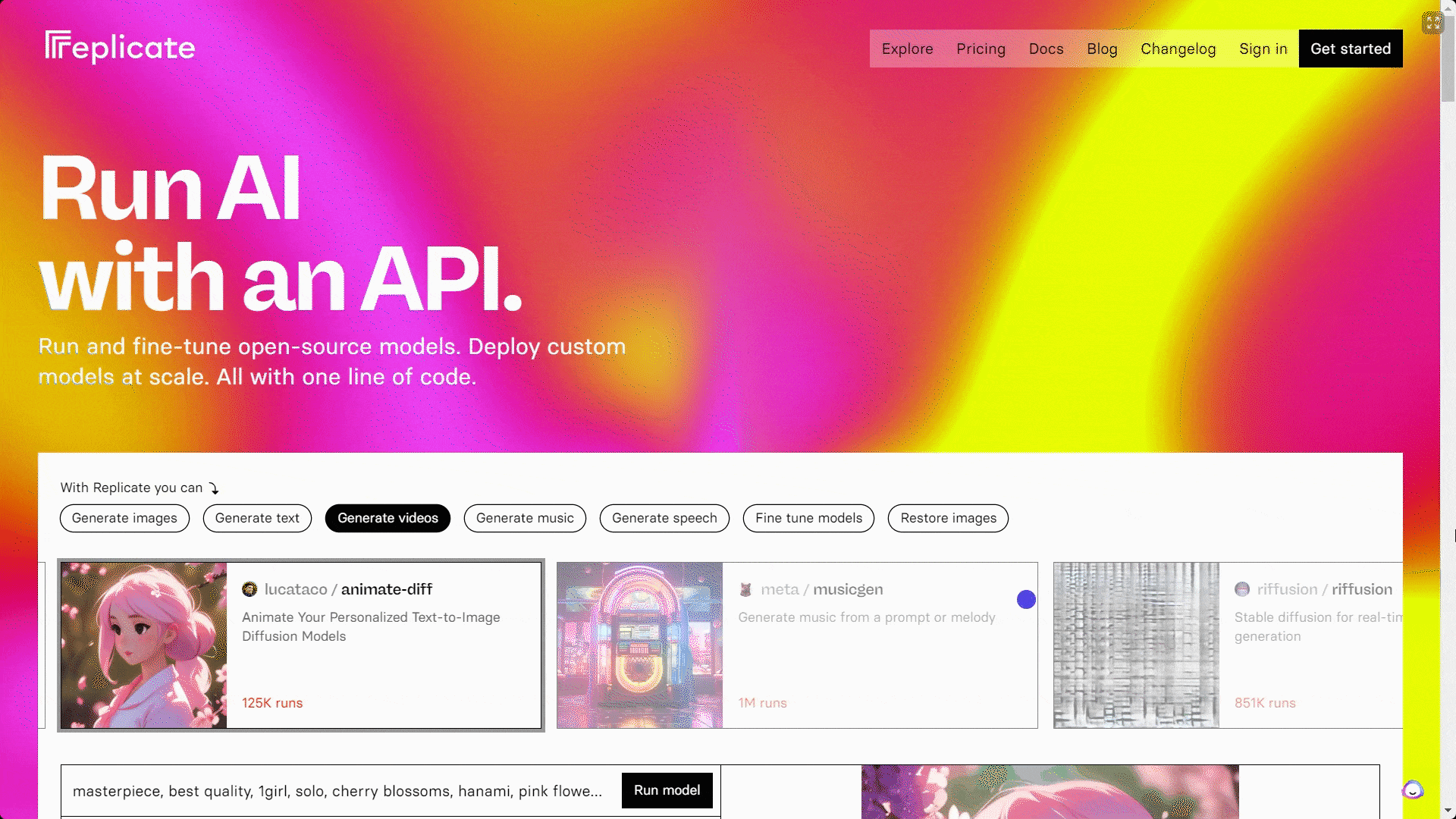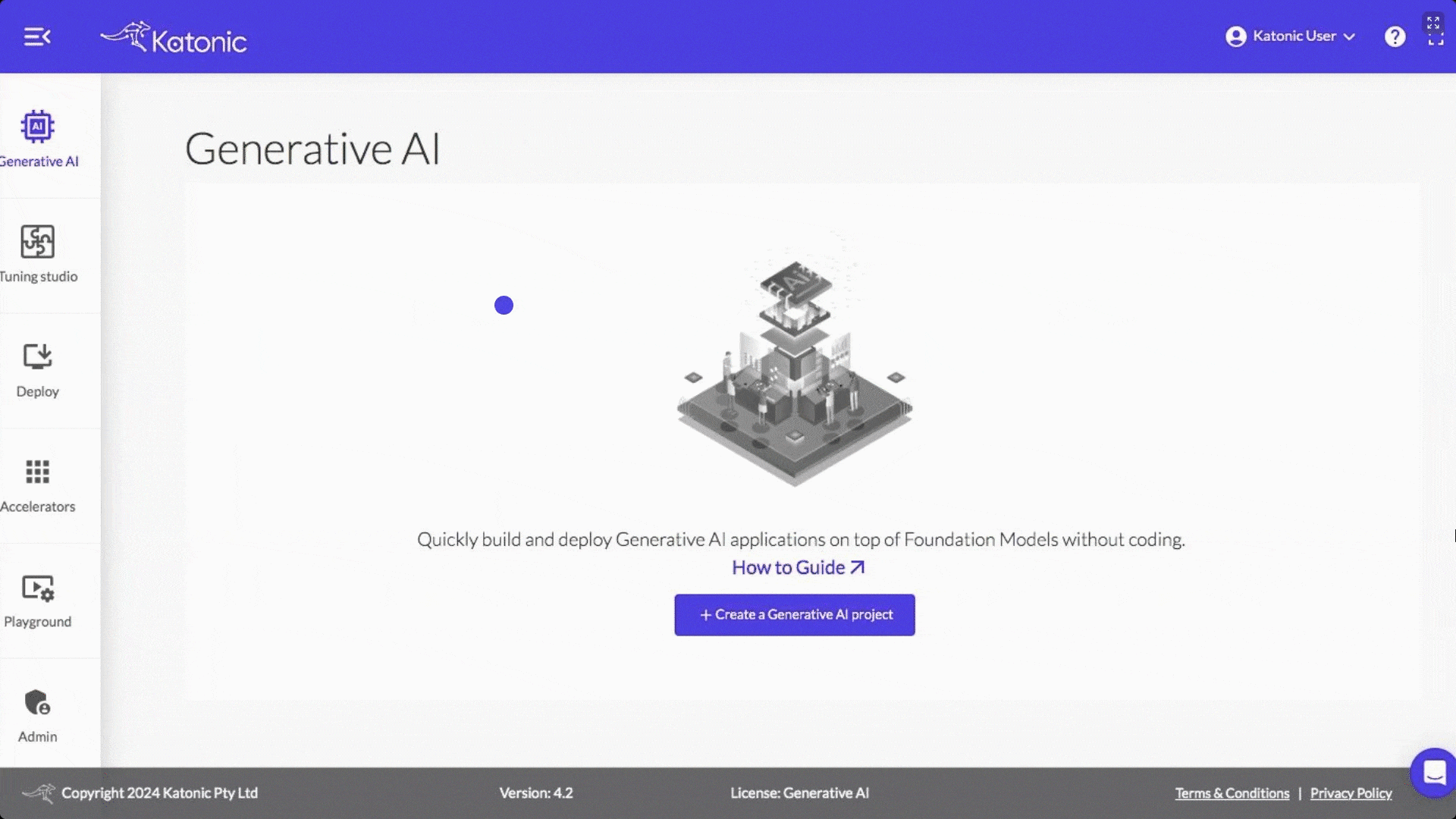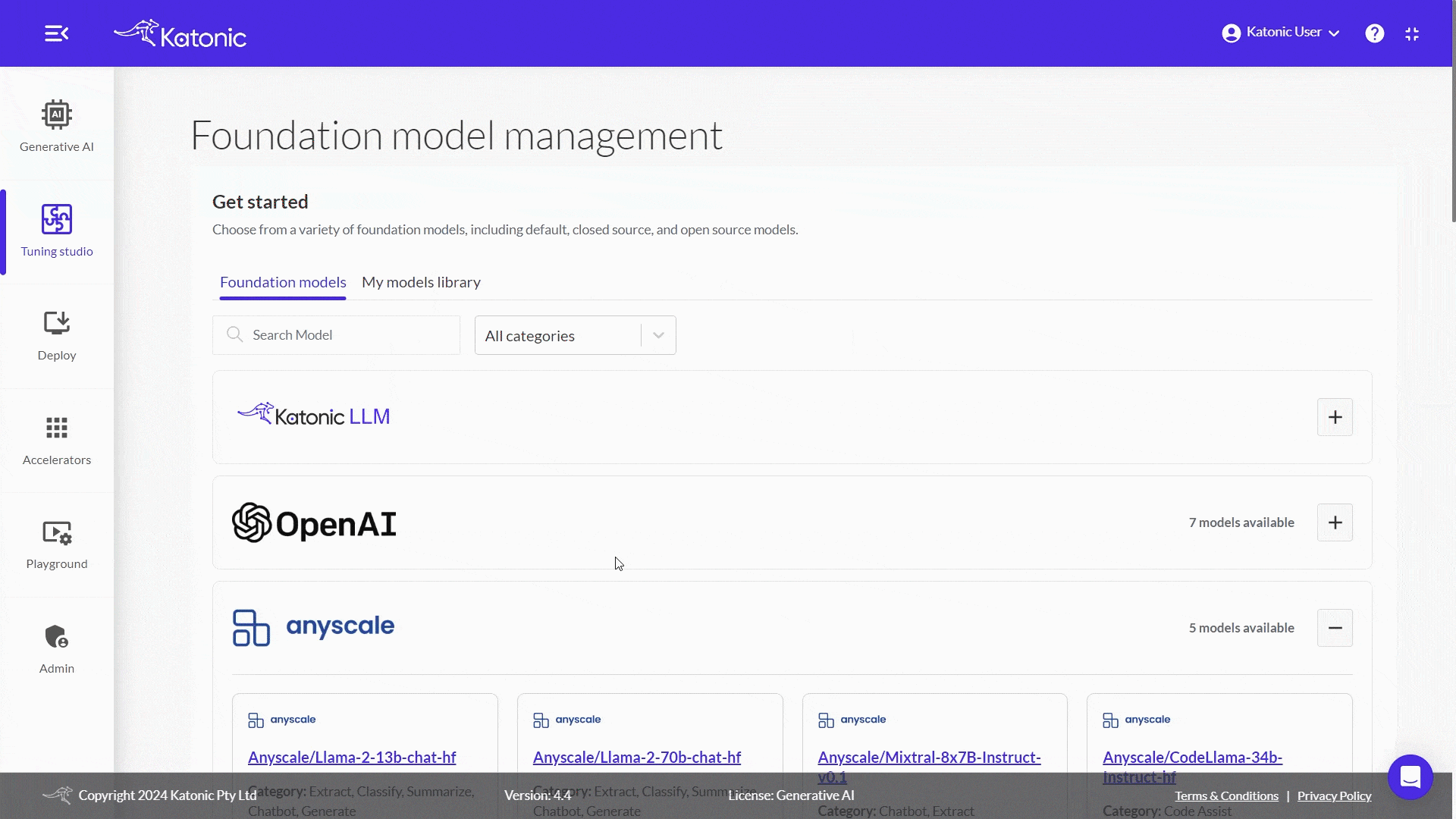Simple Integration Steps: Replicate and Katonic AI
Katonic AI
Katonic AI's award-winning platform allows companies build enterprise-grade Generative AI apps and Traditional ML models

In the fast-evolving world of generative AI, the seamless integration of powerful tools and platforms is crucial for developing innovative applications. This blog post guides you through a step-by-step process of integrating Replicate‘s API endpoints with the Katonic Generative AI Platform, an integration that streamlines the generative AI project lifecycle.
Replicate offers intuitive APIs for inference, which simplifies the integration of open-source models into various applications. This integration process is designed to minimise infrastructure overhead, making it accessible for developers at all levels.
Katonic AI, on the other hand, is a platform that significantly enhances the speed and efficiency of generative AI project development. By integrating Replicate, Katonic AI leverages the power of Replicate’s APIs to offer more robust and innovative solutions in the realm of generative AI.
To begin, you need to sign in to the Replicate Platform. Here’s how:

After acquiring the API tokens from Replicate, the next step is to integrate them into the Katonic Generative AI Platform:

Managing your models within Katonic is straightforward:

Now that you have integrated the LLM model, you can start a generative AI project:

Integrating Replicate’s API tokens with Katonic AI’s platform is a seamless process that opens up a world of possibilities in generative AI. This guide should help you add powerful LLM capabilities to your Katonic AI projects, allowing you to push the boundaries of what’s possible in AI-driven applications.
Katonic AI's award-winning platform allows companies build enterprise-grade Generative AI apps and Traditional ML models